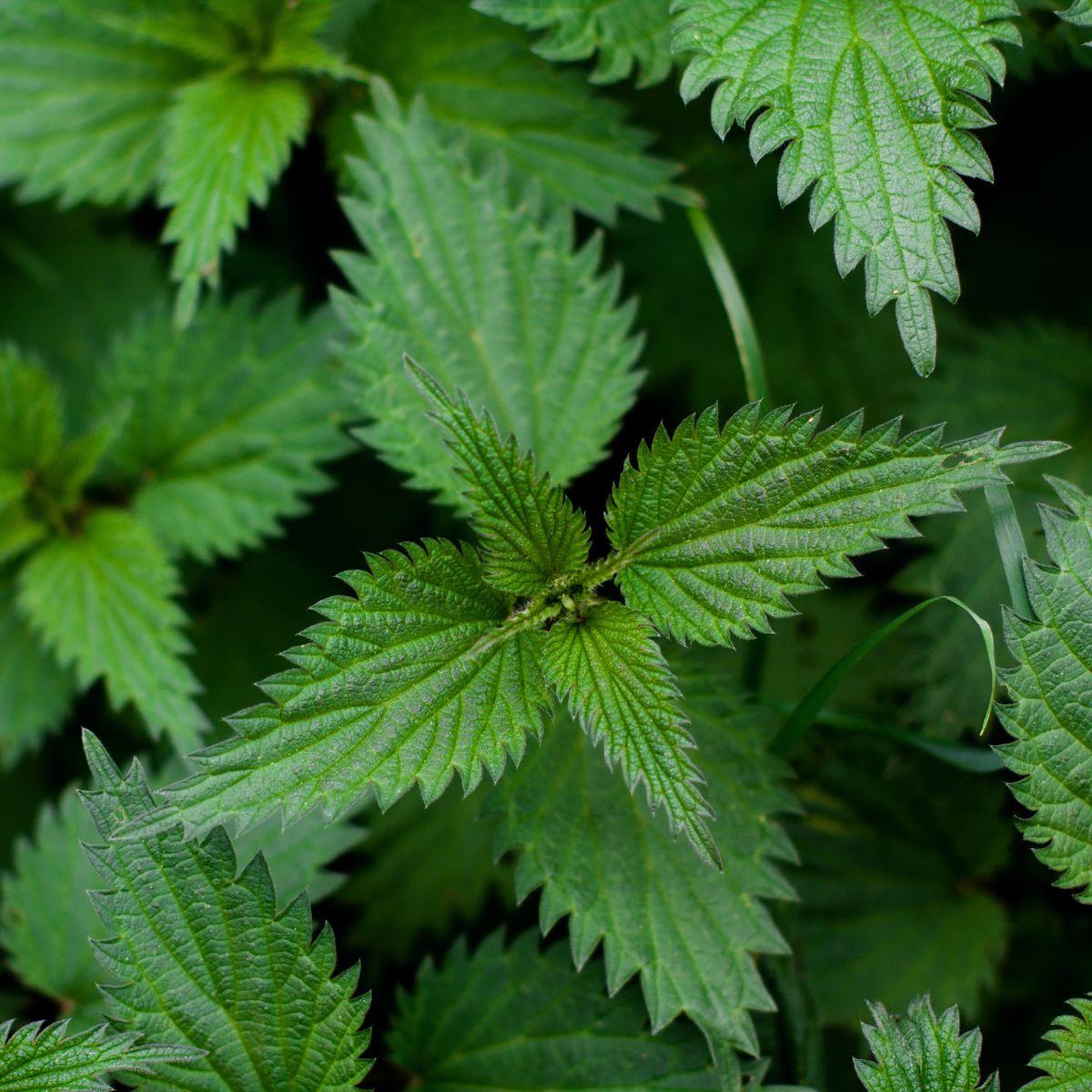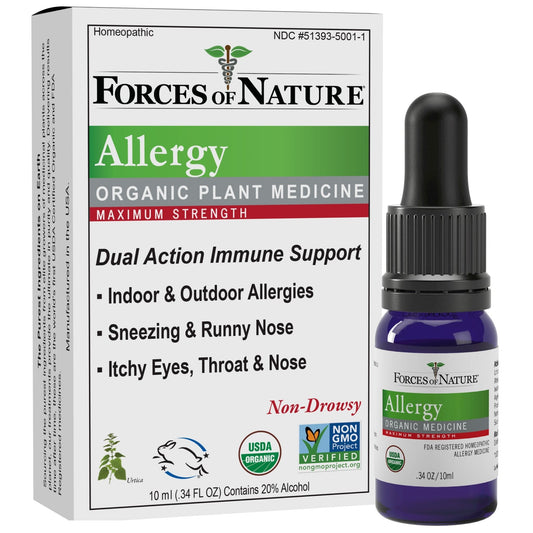Urtica Dioica
Stinging nettle
Known as stinging nettle, is a perennial flowering plant that is well-known for its stinging hairs that can cause skin irritation upon contact. Despite its "stinging" nature, stinging nettle has been used for various purposes, including as a medicinal herb, food source, and fiber for making textiles.

When Urtica Dioica Helps With
Products with Urtica Dioica
Allergy Relief for Kids
Regular price
$14.95
Regular price
Sale price
$14.95
Unit price
per
Allergy Maximum Strength Medicine
Regular price
From $13.95
Regular price
Sale price
From $13.95
Unit price
per




